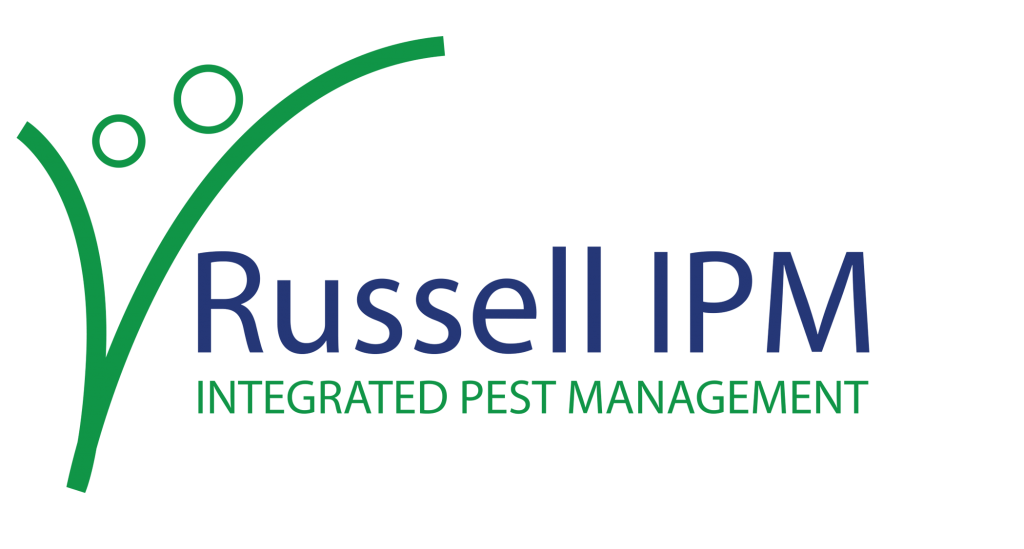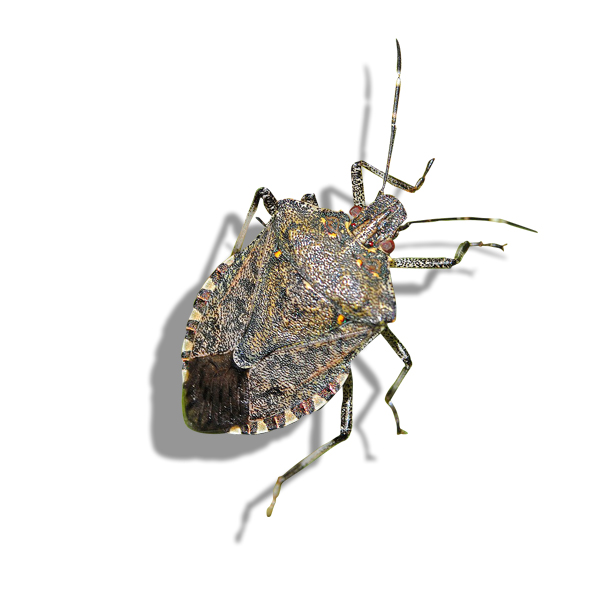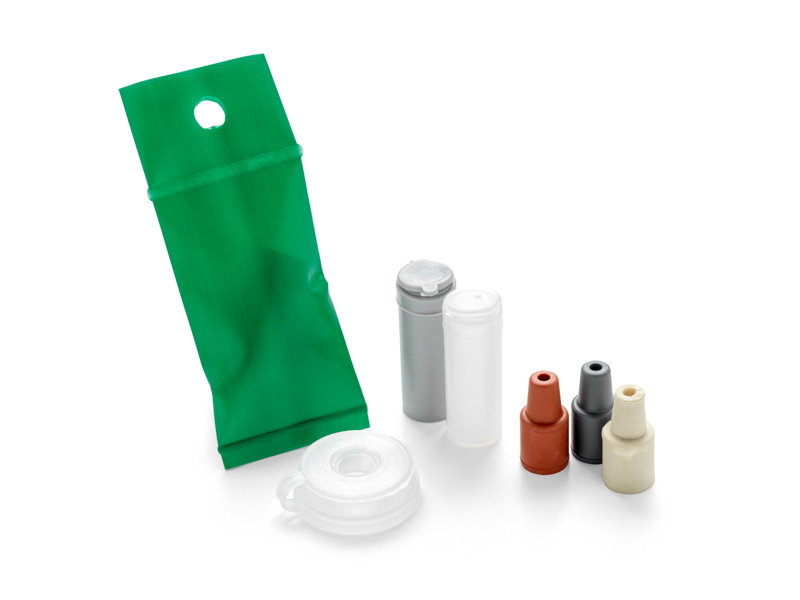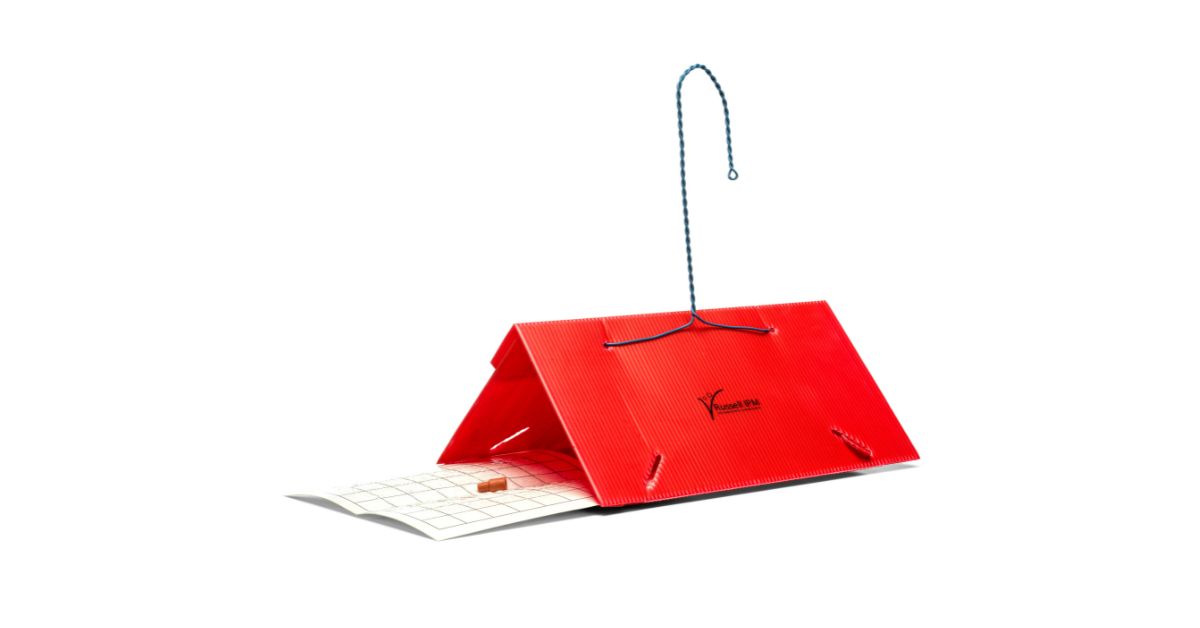Begin monitoring before the emergence of the first generation until the end of the season from the end of May to November in North Europe(this will vary with region), using aggregation pheromone traps to give early warning of the infestation and to help with decision-making. The pheromone lure contains an aggregation pheromone, which attracts male, female and nymphal Halyomorpha halys.
Application Guidelines
Russell IPM manufactures and supplies a pheromone lure and traps for theBrown marmorated stink bug, Halyomorpha halys. Black Impact Boards together with Halyomorpha halys pheromone lureswill give early warning of the infestation and alert the user to low population levels before they become serious.
Pheromones
The following notes are guidelines of general nature and meant to give the user a head start in implementing pheromone monitoring programme. Local conditions and practices can vary and can lead to customisation of the programme.
Lures
Remove the packaging and place one lure on each trap. Lures should be changed every 10 -12 weeks to get the most accurate results.
Lure Handling
Pheromone lures are a very sensitive tool. They can be affected by exposure to elevated heat and direct sunshine. Wear gloves to handle the lures as direct touching by hand may cause cross contamination leading to mixed catches in the trap. Some contaminants, such as nicotine, may have a repellent effect reducing trap catch.
The lures can be stored for long periods (several years) in a freezer (at about -20˚C) if the pack is sealed. Alternatively, store in a cool dry place or refrigerate until use. Shelf life can vary from 3-36 months depending on the storage temperature. See technical data sheet for further details. Although the pheromone is not harmful to humans, lures should not be kept in a freezer or fridge where food is stored.





